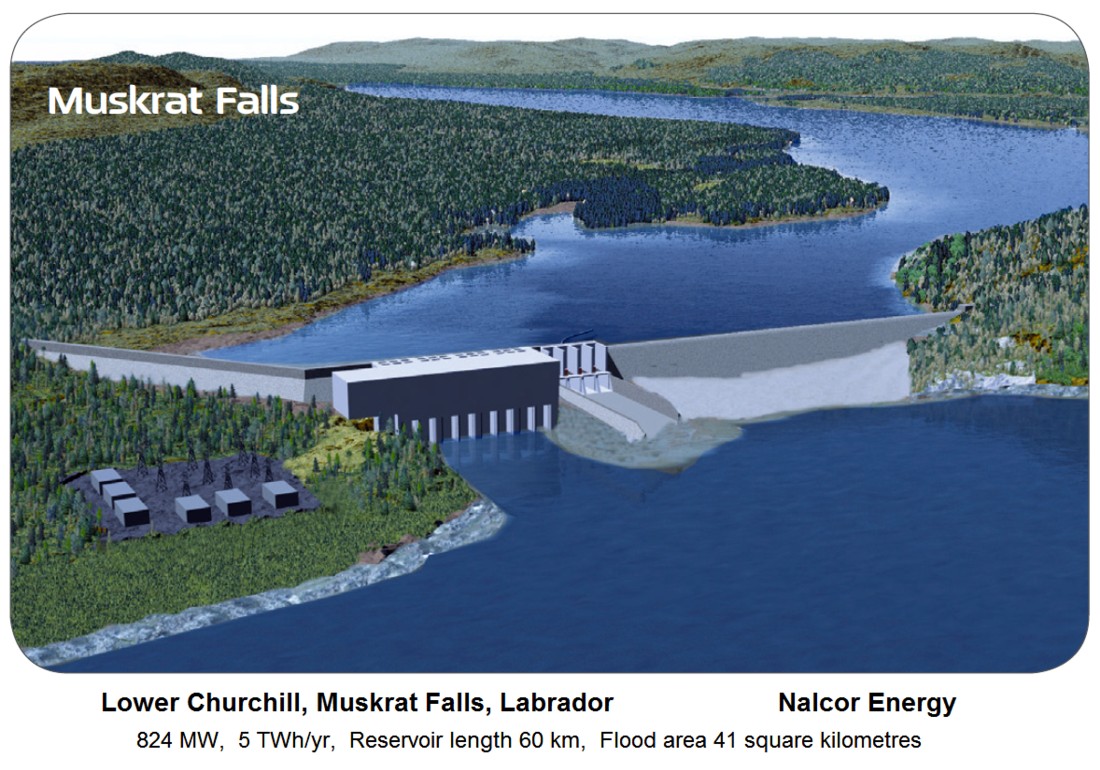Beaver blogging is a strange pastime that often reveals the very odd and irrational underbelly of civic planning, nature awareness, and education. Over the years I’ve been doing this I’ve gotten used to reading about city engineers who think beavers should be trapped or they might flood the town, mayors who think they should be trapped before they eat all the trees, and city planners who think they’re breeding in the sewers. I’ve been through the rabid beaver scares, the beavers eat salmon scares, and the beavers ruin the water for fish scares. Heck, recently I’ve even followed a beaver murder.
But this surprises me.
In case you fainted too, I’ll recap. The beavers are chewing trees along a beautiful nature path. What if the trees falls down and hurts someone? The clip features a city council member that wants the beavers dead, and a city council member who thinks that would be wrong. IE somewhere in the world there are city council members who know a little more about nature than Martinez.
 The tie breaker in this contest is the Salmon
The tie breaker in this contest is the Salmon  Arm Bay Nature Enhancement Society (SABNES) describes its mission thusly:
Arm Bay Nature Enhancement Society (SABNES) describes its mission thusly:
To Assist the Ministry of the Environment and the Nature Trust of BC with the development and operation of the Salmon Arm Bay, its walkways, trails and viewing facilities for scientific, educational and environmental purposes and to increase the awareness and involvement with related projects in the community
I was having a hard time thinking about a non-profit developed specifically to “Help” an already existing governmental agency, but then I thought about the ‘friends groups’ in National Parks, (of which the John Muir Associations one.) The difference of course is that the friends group exists solely because of the federal group, and all it does is things that help it. As such we have a member of NPS at every meeting and they have to approve everything that goes to press or gets communicated about them.
Of course SABNES should respond that beavers are a huge asset to the nature area. Their chewing of trees stimulates a natural coppicing that becomes ideal nesting habitat for migratory and songbirds. They should point at this study which showed that beavers increased bird count for an area specifically because of their chewing. In Martinez we have greatly enjoyed the abundance of new bird species that have come since the beavers settled. And they might enjoy this video, which shows one of the many uses birds find for beaver-chewed trees. Rookeries for Great blue heron is another. Or dead trees for wood ducks. Or lodges that make much desired swan and geese nesting locations. You get the idea.
Here’s a thought. Instead of helping the Ministry of the Environment find reasons to kill beavers (they’ve got that covered), and letting councilman Eliason think that killing them is cheaper, why not help them learn about how important beavers are for the very environment they’re charged with protecting? Maybe you can sponsor a local high school science class to do a species count, or boy scouts to sand paint trees, or appoint a few wildlife and tree monitors whose job it is to check for new nesting and dangerous trees that need city staff to remove them?
Better yet, watch this at your next council meeting or board meeting, and then we can talk.

















































